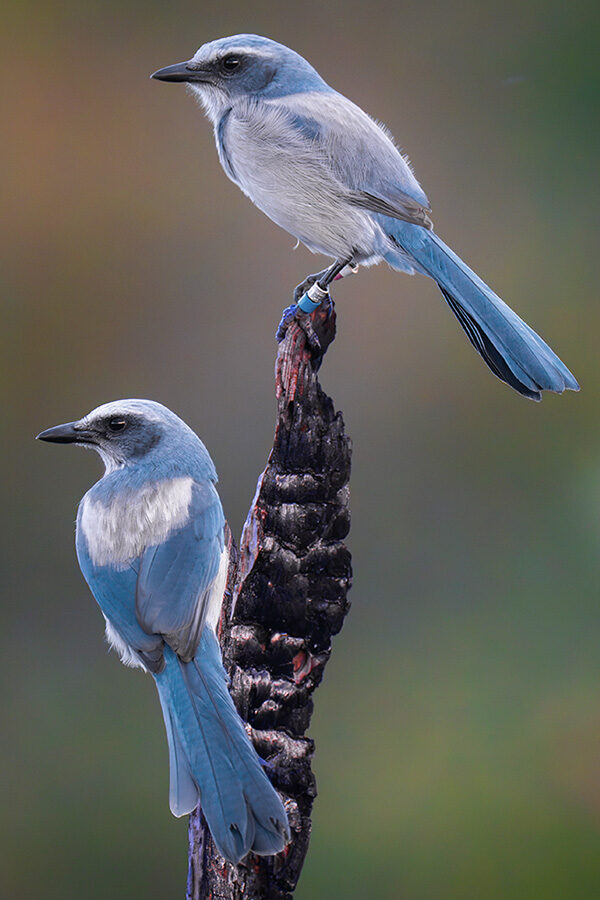- ORDER: Apodiformes
- FAMILY: Trochilidae
Basic Description
A flash of green and red, the Ruby-throated Hummingbird is eastern North America’s sole breeding hummingbird. These brilliant, tiny, precision-flying creatures glitter like jewels in the full sun, then vanish with a zip toward the next nectar source. Feeders and flower gardens are great ways to attract these birds, and some people turn their yards into buzzing clouds of hummingbirds each summer. Enjoy them while they’re around; by early fall they’re bound for Central America.
More ID InfoFind This Bird
Find Ruby-throated Hummingbirds by wandering flowering gardens or woodland edges at the height of summer, or by putting up a hummingbird feeder or visiting a friend who keeps them. Ruby-throated Hummingbirds are common in suburbs and towns, and can become quite bold, feeding at hanging plants and feeders on your porch or next to your windows.
Other Names
- Colibrí Gorjirrubí (Spanish)
- Colibri à gorge rubis (French)
Backyard Tips
You can attract Ruby-throated Hummingbirds to your backyard by setting up hummingbird feeders or by planting tubular flowers. Make sugar water mixtures with about one-quarter cup of sugar per cup of water. Food coloring is unnecessary; table sugar is the best choice. Change the water before it grows cloudy or discolored and remember that during hot weather, sugar water ferments rapidly to produce toxic alcohol. Be careful about where you put your hummingbird feeders, as some cats have learned to lie in wait to catch visiting hummingbirds. Find out more about what this bird likes to eat and what feeder is best by using the Project FeederWatch Common Feeder Birds bird list.
- Cool Facts
- The Ruby-throated Hummingbird beats its wings about 53 times a second.
- The extremely short legs of the Ruby-throated Hummingbird prevent it from walking or hopping. The best it can do is shuffle along a perch. Nevertheless, it scratches its head and neck by raising its foot up and over its wing.
- Ruby-throated Hummingbirds prefer to feed on red or orange flowers (though it's not necessary to color the sugar water you put in a hummingbird feeder). Like many birds, hummingbirds have good color vision and can see into the ultraviolet spectrum, which humans can’t see.
- Ruby-throated Hummingbirds normally place their nest on a branch of a deciduous or coniferous tree; however, these birds are accustomed to human habitation and have been known to nest on loops of chain, wire, and extension cords.
- Ruby-throated Hummingbirds are eastern North America’s only breeding hummingbird. But in terms of area, this species occupies the largest breeding range of any North American hummingbird.
- Male Ruby-throated Hummingbirds don’t stick around long. Pairs are together long enough for courtship and mating – just a matter of days to weeks. Then he’s off on his own, and may begin migration by early August.
- The oldest known Ruby-throated Hummingbird was a female, and at least 9 years, 2 months old when she was recaptured and rereleased in 2014 during banding operations in West Virginia.


